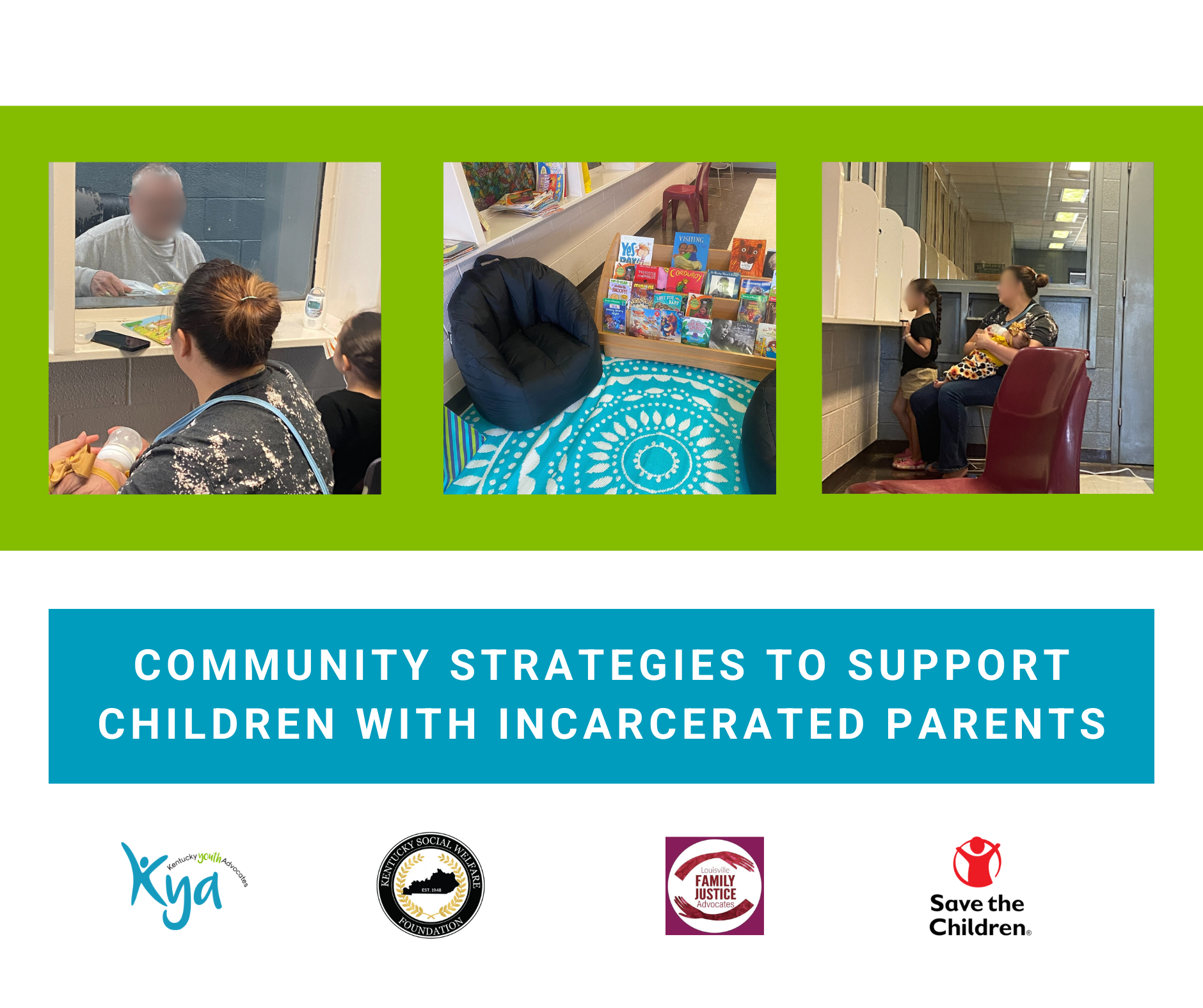By Melissa Collins, Child Welfare Intern at Kentucky Youth Advocates
 College is a place where all identities and backgrounds may come together to be celebrated. It is a place where the mind and soul grow alongside one another as differences challenge us to think outside of ourselves and our own experiences in new and positive ways.
College is a place where all identities and backgrounds may come together to be celebrated. It is a place where the mind and soul grow alongside one another as differences challenge us to think outside of ourselves and our own experiences in new and positive ways.
However, what does it mean when some students do not truly feel celebrated, accepted, or even welcomed within their campus communities and beyond?
As college students begin gearing up for classes to resume this fall, the context throughout the nation is certainly different than any other fall semester that has come before. The past few months have shed light on the racial injustices that persist within our communities. The racial disparities resulting from the COVID-19 pandemic, as well as the prominence of police brutality, as evident by the death of George Floyd, have sparked an outrage throughout the nation as protests seek to incite systemic changes to end the racial injustices that continue to harm individuals.
With all that is happening right now, how might college students of color be affected as a result?
When thinking about racism, it is understood as the discrimination or harming of individuals on the basis of their skin color. While this is certainly an accurate understanding of racism, to capture the impact of this injustice more fully, structural racism–the systems, policies, practices, and norms that maintain racial inequalities–is a deeply rooted community issue that has serious consequences on both the mental and physical health of individuals.
In fact, structural racism has become an added component of Adverse Childhood Experiences (ACEs). As we have come to understand trauma and ACEs more over the years, we now recognize that racial discrimination, feeling unsafe in one’s neighborhood, and witnessing violence are all experiences that fall within the framework of ACEs.
As more research has been conducted since the original 1990s CDC-Kaiser ACE Study, structural racism has come to be understood as an Adverse Community Environment. Both Adverse Childhood Experiences and Adverse Community Environments are paired together to create a more holistic understanding of ACEs.
According to ACEs Connection, Adverse Community Environments are “the soil in which some children’s lives are rooted” while Adverse Childhood Experiences are “their family environment, or branches on which children bud and grow.”
Structural racism is a key component in the soil adding to the growth of Adverse Childhood Experiences that incite an abundance of toxic stress. This constant flow of stress hormones can harm the developing brain, change stress responses, and damage the immune system. ACEs have come to be understood as the root cause of many chronic illnesses, mental illnesses, and violence that may occur later in a child’s life.
How then should colleges and universities move forward considering the potential trauma that students may have experienced as a result of the injustices of structural racism?
Just as our colleges and universities ought to consider resources for the potential trauma of students resulting from the COVID-19 pandemic, they, too, ought to consider what resources might be necessary for students of color considering the potential witnessing of and/or exposure to racial injustice.
Cultivating a safe campus environment for students of color to share their experiences if desired and, more importantly, feel heard are essential components for creating a culture of caring on campuses. For example, institutions can be intentional in their efforts to provide support by offering mental health services to students who may need help coping with trauma resulting from racial injustices they have experienced or witnessed. Ultimately, a trauma-informed approach is a necessary starting point to cultivate a culture of caring for students of color on campuses.
Colleges and universities are uniquely situated in this discussion of racial injustice. By cultivating a supportive campus environment for students of color and capitalizing on the celebration of diverse identities, backgrounds, and ideas for the sake of intellectual growth, colleges and universities can help lead the way in our communities’ ongoing civil rights battles as we work towards a brighter and more equitable future for all!
This post is part of the blog series, Intern Insights. Photo courtesy of Unsplash.






Leave A Comment